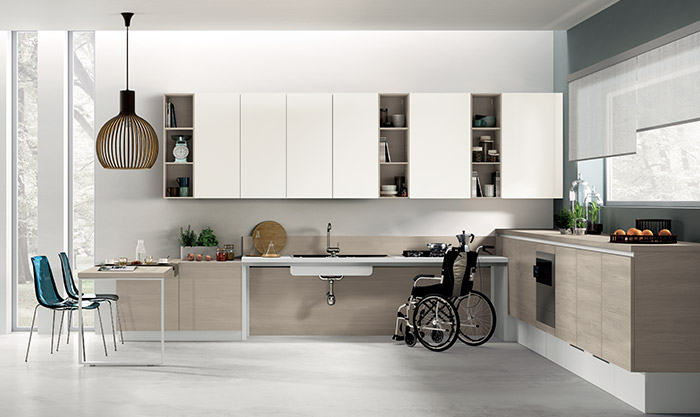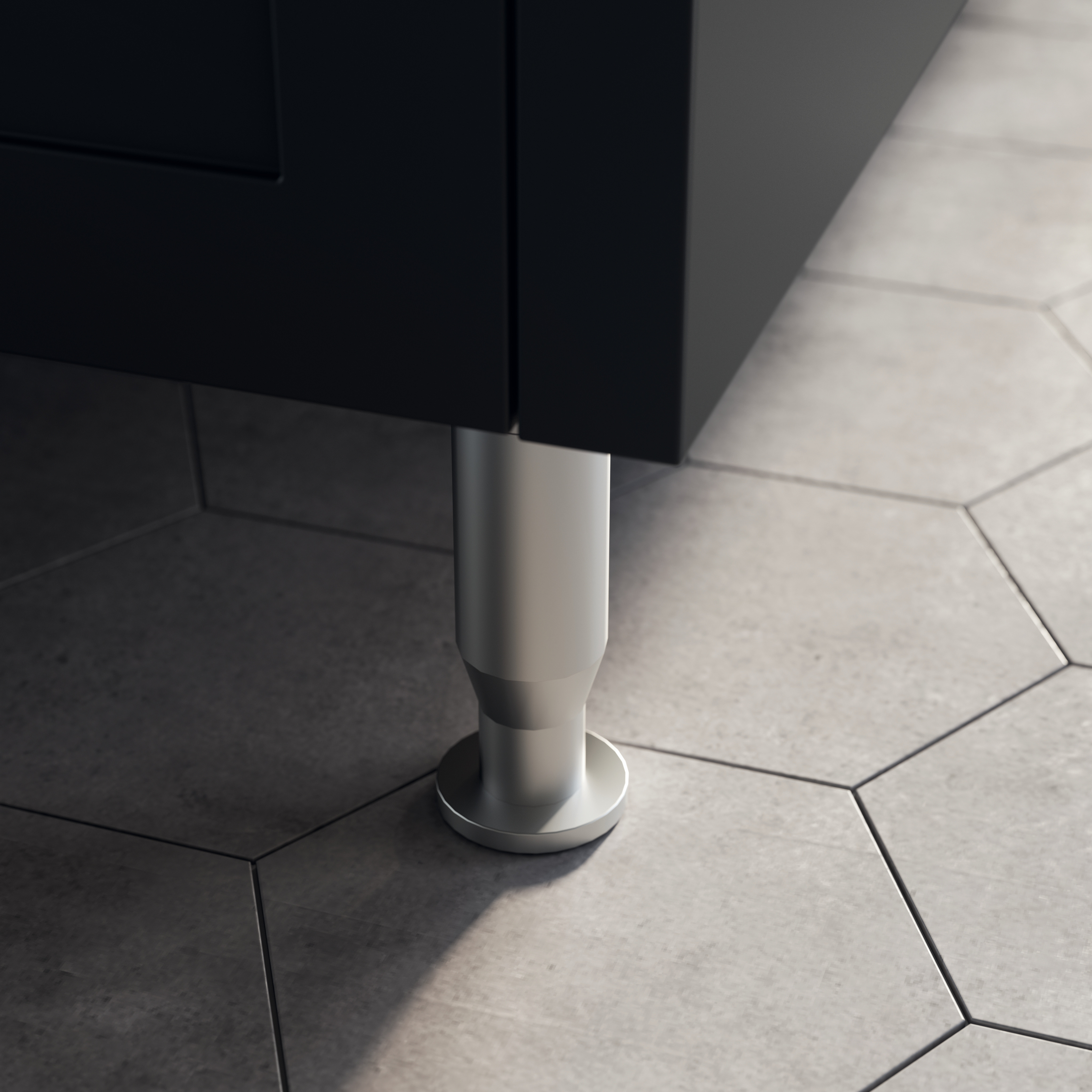- COLLECTIONS Utility System le premier système d'éléments pour cuisines à accessibilité élevée Aller au site web

- Entreprise Nous annonçons avec une grande fierté que notre marque a été intégrée dans le Registre spécial des Marques historiques d’intérêt national. En savoir plus

- Magazine


